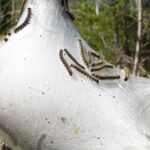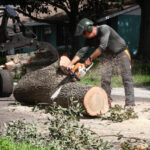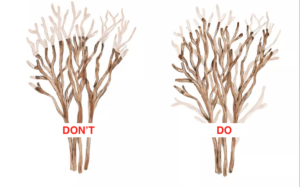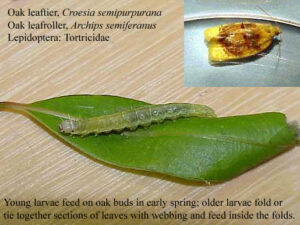Emerald Ash Borer: Protecting Your Ash Trees from a Silent Threat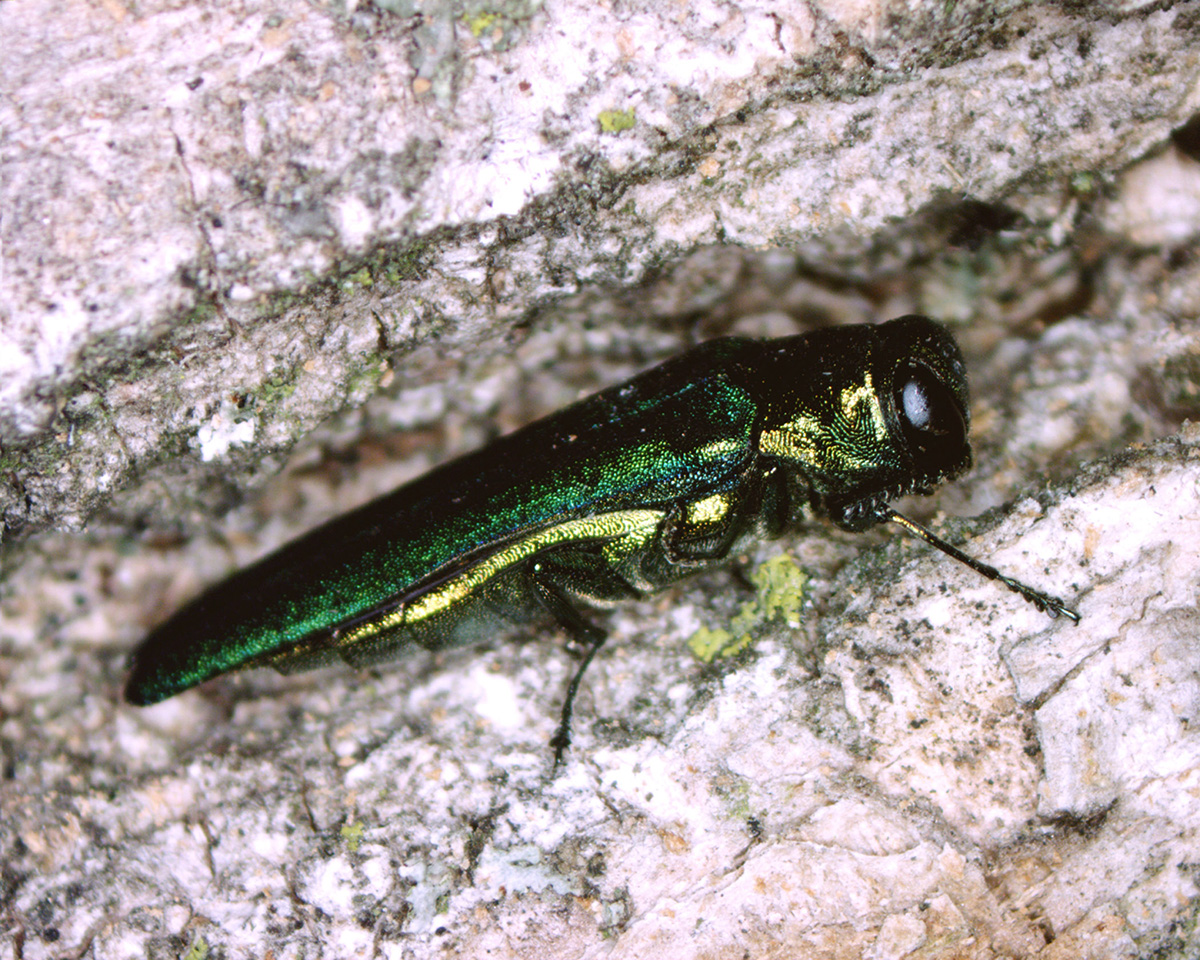
The Emerald Ash Borer (EAB) is a destructive insect that poses a serious threat to ash trees across North America. Originating from Asia, this invasive pest has rapidly spread, causing widespread devastation to ash tree populations. In this article, we will explore the characteristics of the Emerald Ash Borer, its impact on trees, and methods to detect and manage infestations to safeguard your beloved ash trees.
Identification:
The Emerald Ash Borer is a small, metallic green beetle measuring about half an inch in length. Its vibrant emerald color sets it apart from other insects. In its larval stage, it is creamy white with distinct segmented body sections and a flattened appearance.
Life Cycle and Habitat:
The life cycle of the Emerald Ash Borer consists of four stages: egg, larva, pupa, and adult. Adult beetles lay eggs on the bark of ash trees in summer. Once hatched, the larvae bore into the tree’s inner bark, creating distinctive serpentine tunnels as they feed on the vital tissues beneath the bark. This disrupts the tree’s nutrient and water transport systems, eventually leading to its decline and death.
Host Trees and Geographic Range:
As the name suggests, the Emerald Ash Borer primarily targets ash trees (genus Fraxinus). This includes common ash species such as white ash, green ash, black ash, and others. The infestation has spread to numerous states and provinces in North America, causing extensive damage to ash tree populations.
Signs of Infestation:
Detecting Emerald Ash Borer infestation in its early stages is crucial for effective management. Look for the following signs:
- Canopy Thinning: Infested ash trees often exhibit thinning or dieback of their upper canopy, with branches losing leaves and showing signs of decline.
- S-Shaped Tunnels: Peeling back the bark reveals winding, S-shaped galleries created by the larvae as they feed beneath the bark.
- D-shaped Exit Holes: Adult beetles emerge from the tree through distinctive D-shaped exit holes roughly one-eighth of an inch in diameter.
- Epicormic Shoots: In an effort to survive, stressed ash trees may produce numerous shoots from the trunk or lower branches, known as epicormic shoots.
Management and Prevention:
Preventing and managing Emerald Ash Borer infestations requires a multi-faceted approach. Consider the following strategies:
- Insecticide Treatment: Systemic insecticides can be applied to protect ash trees, either through soil injection or trunk injection, by a licensed professional. These treatments aim to kill or deter the larvae as they feed on the tree.
- Biological Controls: Natural predators of the Emerald Ash Borer, such as certain parasitic wasps, can be introduced to help manage populations. Consult an expert to determine the suitability of these biological controls for your specific situation.
- Early Detection and Monitoring: Regularly inspect your ash trees for signs of infestation. Report any suspicious findings to your local forestry or agricultural agency to aid in tracking the spread of the Emerald Ash Borer.
- Tree Removal and Disposal: If an infestation is severe or the tree is beyond saving, it may be necessary to remove and properly dispose of infested ash trees to prevent further spread.
The Emerald Ash Borer presents a significant threat to ash trees, but with vigilance and prompt action, it is possible to protect and preserve these valuable assets. By familiarizing yourself with the signs of infestation and employing appropriate management strategies, you can contribute to the conservation of ash trees in your area. Remember, early detection and intervention are key to combating the Emerald Ash Borer and safeguarding the health and beauty of your ash trees.

